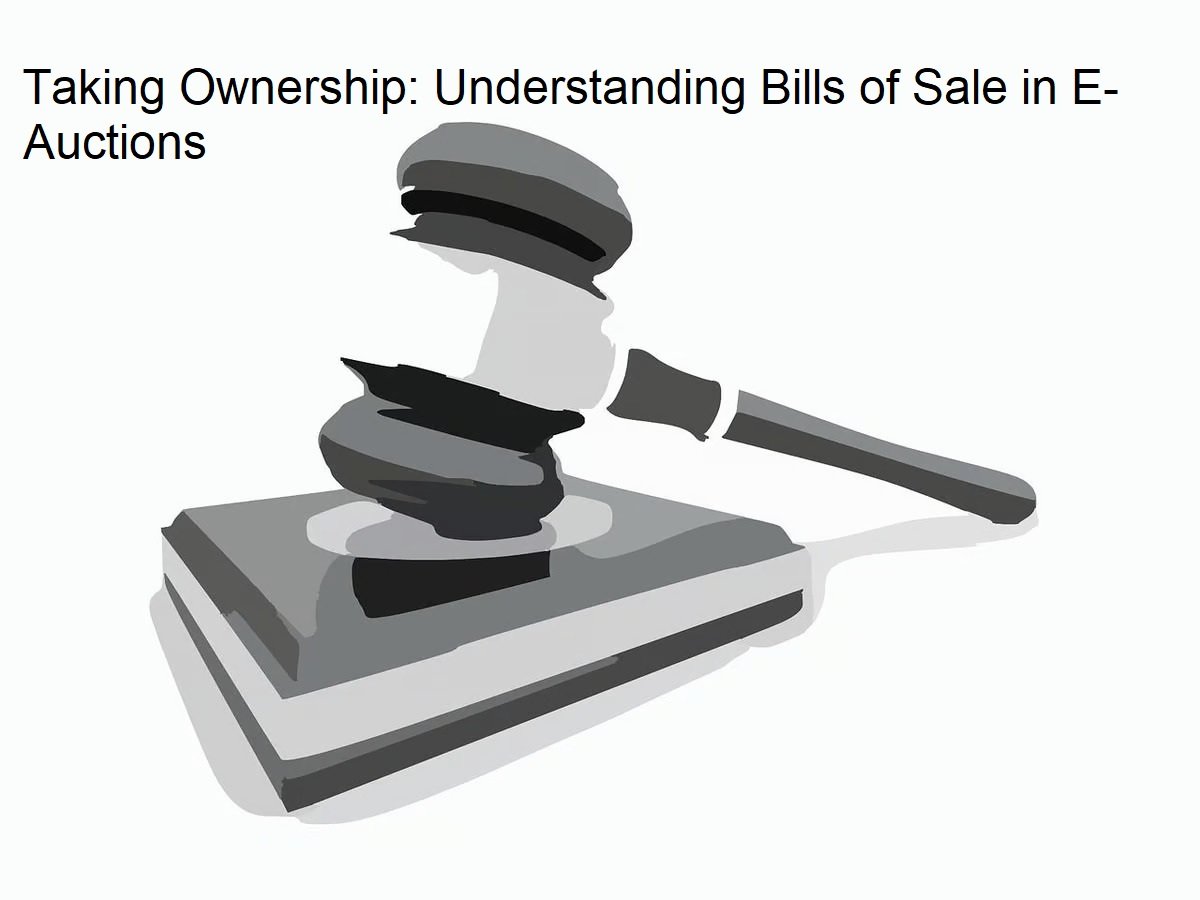The Securitisation and Reconstruction of Financial Assets and Enforcement of Security Interest Act, 2002, commonly known as the SARFAESI Act, plays a crucial role in the Indian financial landscape. It provides a mechanism for banks and financial institutions to recover their dues from defaulting borrowers. Section 6 of the SARFAESI Act deals with the notice to be issued to the obligor (borrower) and the subsequent discharge of their obligation.
Notice to Obligor: A Crucial Step
Section 6, Subsection 1, grants banks and financial institutions the authority to issue a formal notice to the obligor and other relevant parties. This communication serves to inform them about the transfer of financial assets to a securitization or reconstruction company. In essence, the notice acts as an official notification regarding the change in ownership of the borrower's debt, transitioning it from the initial lender to the newly established entity.
Integral information that must be included in the notice comprises the name of the securitization or Reconstruction Company, specifics regarding the financial assets acquired, and the exact amount owed by the obligor. This ensures transparency and clarity in communicating the pertinent details surrounding the transaction. It also outlines the contact information of the new entity, enabling the obligor to make subsequent payments directly to them.
Obligor's Responsibility to Repay
Upon receiving the notice, the obligor is obligated to make payments to the securitization or reconstruction company, as specified in the notice. This payment serves as a discharge of their obligation towards the financial asset acquired by the new entity.
Subsection 2 of Section 6 clearly states that any payment made to the securitization or reconstruction company under the notice shall constitute a full discharge of the obligor's liability. This provision ensures that the obligor is not subjected to double payment or any further claims related to the discharged financial asset.
Implications of Non-Receipt of Notice
If the obligor does not receive a notification as per Subsection 1, any payments made thereafter to the initial bank or financial institution will be deemed held in trust for the securitization or reconstruction company's benefit. According to Subsection 3 of Section 6, it is obligatory for the original lender to promptly transfer these funds to the newly established entity.
This provision safeguards the interests of the securitization or reconstruction company, ensuring that they receive the payments due to them even if the obligor remains unaware of the change in ownership of their debt.
Conclusion
Section 6 of the SARFAESI Act plays a pivotal role in streamlining the process of debt recovery and ensuring that securitization and reconstruction companies receive their dues from defaulting borrowers. By clearly defining the notice requirements and the obligor's responsibilities, the Act facilitates a smooth transition of ownership and expedites the recovery process



